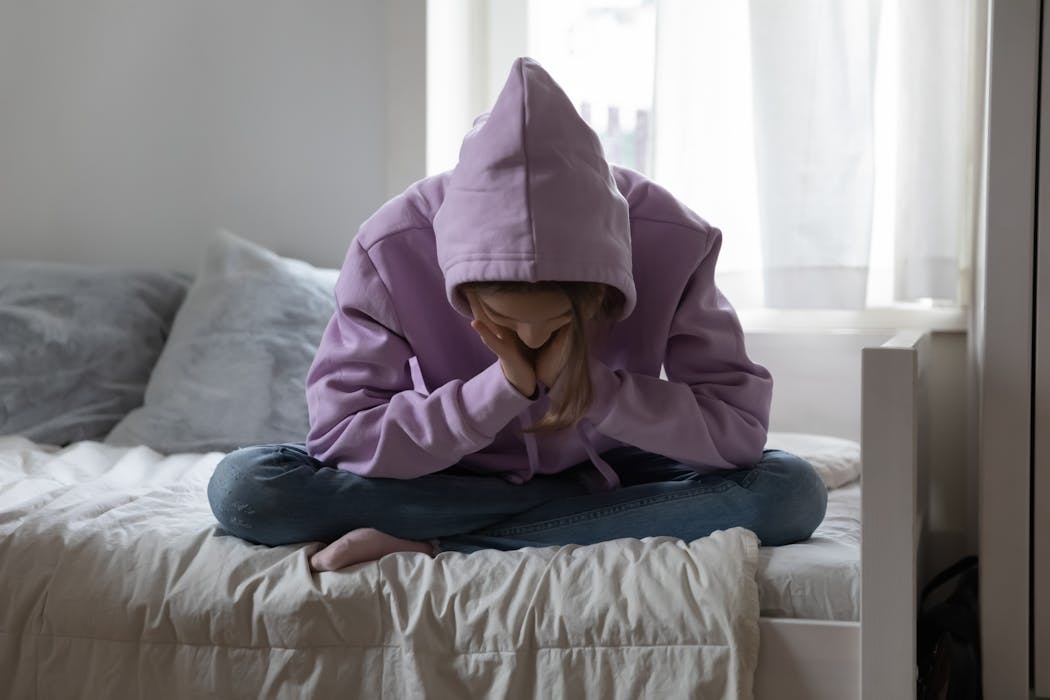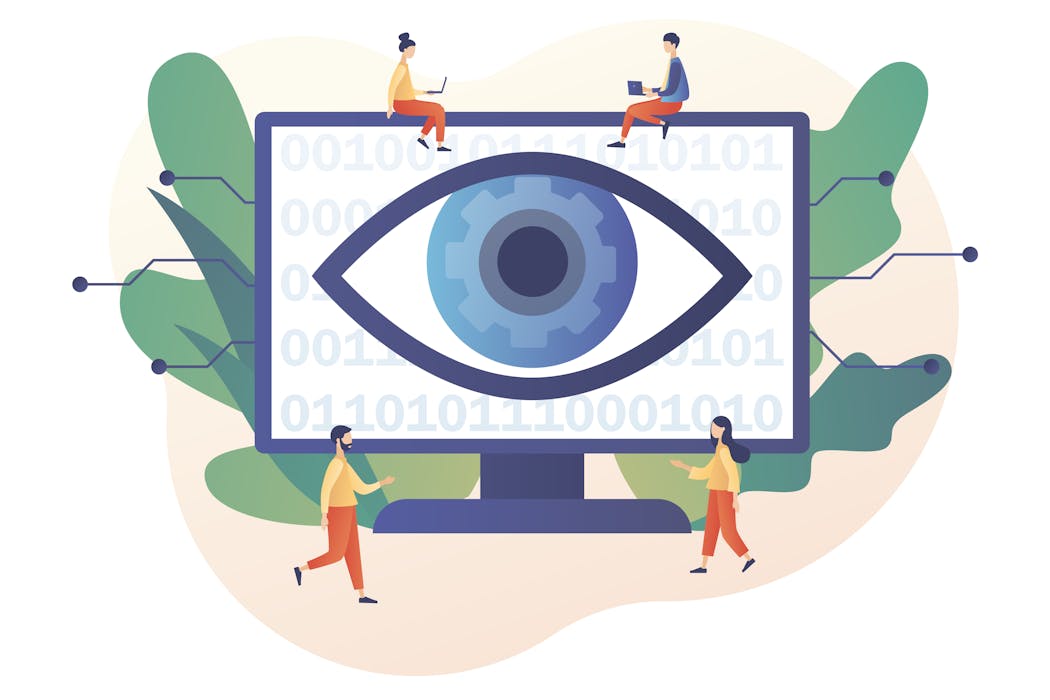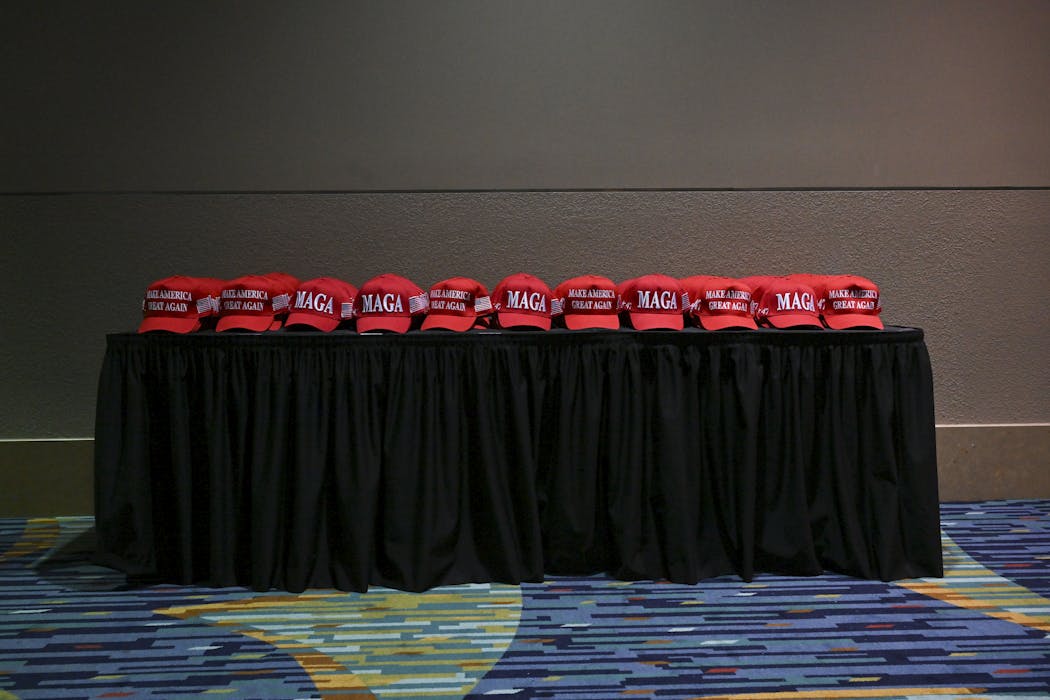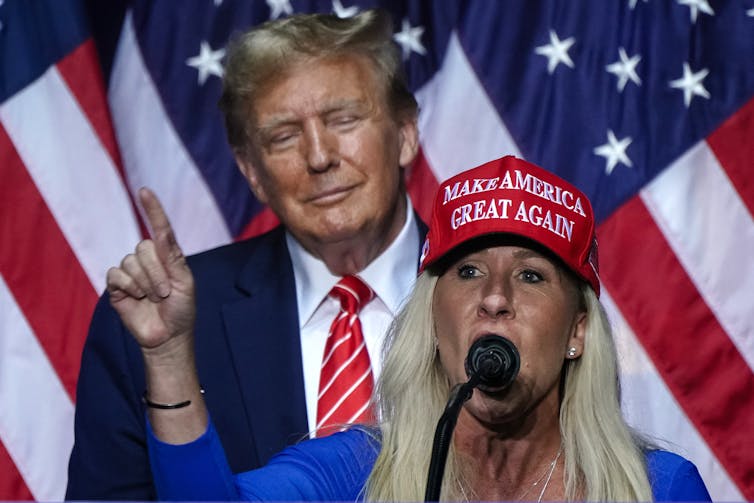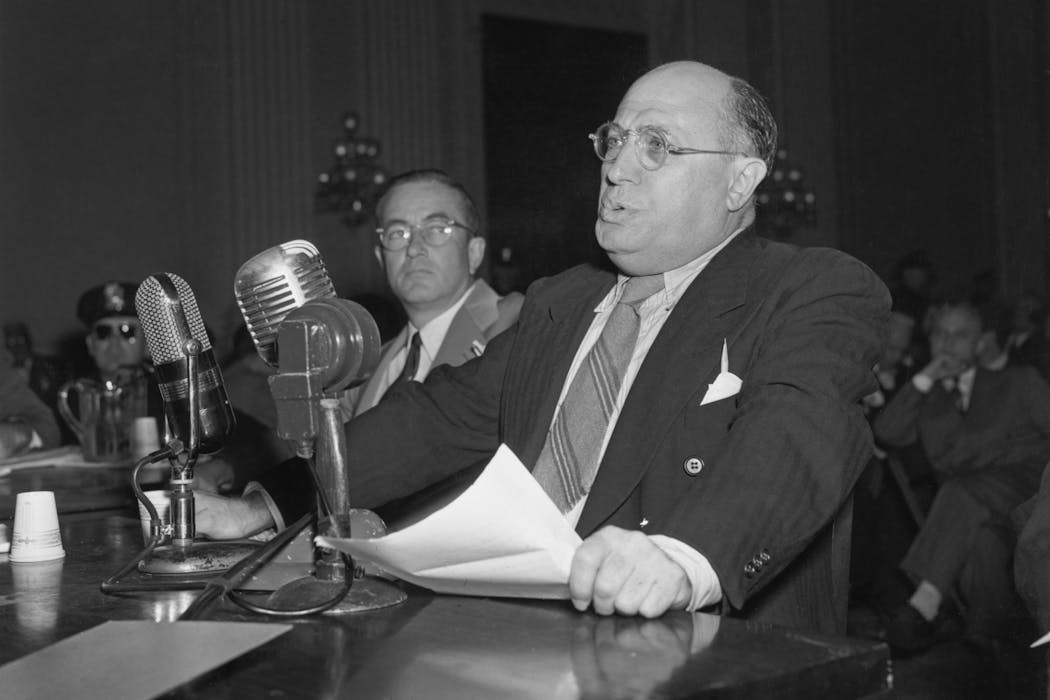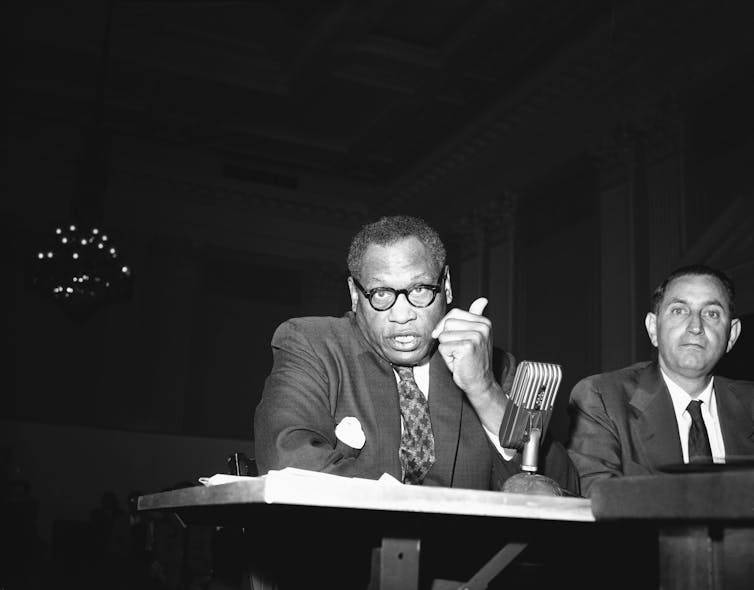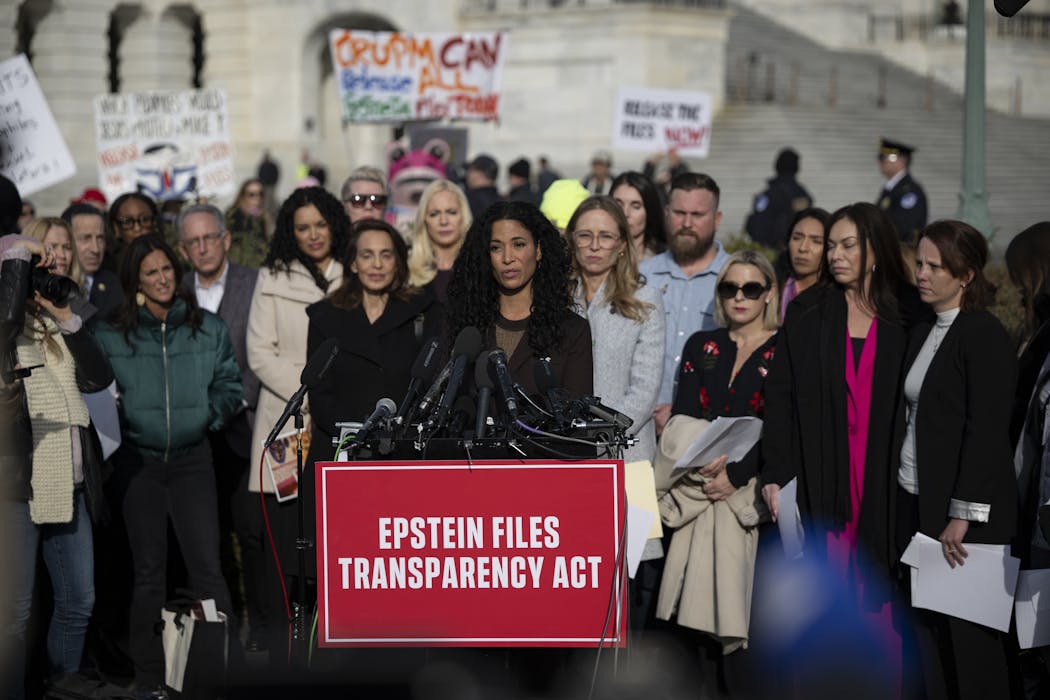Source: The Conversation – in French – By Elise Lobbedez, Assistant professor, Neoma Business School
Les vidéos de la manifestation contre la mégabassine de Sainte-Soline (Deux-Sèvres) en 2023 récemment publiées par « Médiapart » mettent en lumière la violence de la répression qui y a été exercée par les forces de l’ordre envers les manifestants. Loin d’être isolé, cet épisode s’inscrit dans une transformation profonde des pratiques de gestion des manifestations en France depuis deux décennies, marquée par une logique de remilitarisation du maintien de l’ordre et de judiciarisation croissante des mouvements sociaux. Face à ce tournant répressif, comment s’organisent les militants ?
À l’échelle de plusieurs mobilisations françaises (gilets jaunes, manifestations contre la réforme des retraites, « Bloquons tout »…), on remarque une généralisation de la mise en place de fonctions « support » du côté des manifestants : équipes juridiques, personnes chargées de la documentation des violences subies, street medics (médecins de rue), formation aux premiers secours, etc.
Dans cette lignée, un dispositif de soutien nommé « base arrière » est conçu pour le rassemblement de Sainte-Soline (Deux-Sèvres), en réponse à des manifestations antérieurement réprimées. Une équipe juridique s’organise en mars 2022, lors du Printemps maraîchin contre les mégabassines. En rendant accessible des ressources juridiques pour les militants, celle-ci constitue un maillon important du soin en manifestation. Elle aide à protéger de l’épuisement émotionnel et psychologique lié aux procédures judiciaires, souvent longues, stressantes, et financièrement coûteuses, d’autant plus lorsqu’on les affronte seul. Le soutien psychologique, lui, se structure à la suite des affrontements lors de la première manifestation à Sainte-Soline, en octobre 2022.

Sur le terrain, ces équipes assurent la prise en charge des personnes arrêtées ou blessées. Mais leur action ne se limite pas aux urgences : avant le rassemblement, elles font de la prévention. Par exemple, le pôle médical propose des recommandations pour l’équipement à apporter, conseillant d’amener des masques et des lunettes de protection contre les gaz lacrymogènes tout en partageant des astuces pour en limiter leurs effets (mélange à base de Maalox ou citron). De leur côté, les juristes identifient des avocats disponibles pour soutenir les personnes interpellées, et diffusent leur contact ainsi que des réflexes à adopter en cas d’arrestation.
Des pratiques éminemment politiques
Avec le mouvement des gilets jaunes et l’adoption d’une doctrine de maintien de l’ordre plus offensive, de nouveaux acteurs, souvent professionnels de santé, émergent partout sur le territoire pour prodiguer des soins en manifestation. Ceux-ci adoptent souvent une posture de secouristes volontaires apartisans, proche du devoir humanitaire, et prennent en charge tous les blessés : militants, journalistes mais aussi policiers.
Au contraire, la « base arrière » de Sainte-Soline incarne une réflexion explicitement politique sur la mise en œuvre du soin dans les mouvements sociaux, en réponse à la répression accrue. De la sorte, elle s’inscrit dans l’approche historique des street medics.
Apparus en France dans les années 2010 lors de l’occupation de la zone à défendre de Notre-Dame-des-Landes (Loire-Atlantique), ces derniers sont à l’origine proches des mouvances anarchistes et de gauche, loin de cette neutralité revendiquée. Les fonctions support de la « base arrière » sont alors pensées comme des pratiques militantes, qui s’inscrivent dans une dynamique de soin engagé et d’autodéfense qui vise à assurer avant tout la protection des manifestants. Les membres des équipes rappellent d’ailleurs être présents « en soutien aux camarades qui manifestent ».
Ensuite, le mouvement promeut une posture partagée, où le soin n’est pas délégué à des experts. L’objectif est ici de rendre possible une certaine autonomisation, notamment dans un contexte où il peut être difficile ou risqué d’accéder au soin dispensé par les institutions. Cela peut par exemple être lorsque des médecins transmettent aux ministères de l’intérieur ou de la justice des fichiers recensant les identités et descriptions de blessés en manifestation. Par ailleurs, une approche collective évite de recréer des relations asymétriques et des hiérarchies entre soignants, ceux qui détiennent le savoir et le pouvoir de décision, et soignés, qui sont en position de dépendance sans toujours comprendre les choix.
Enfin, les organisateurs tentent d’étendre cette culture du soin à d’autres aspects de la mobilisation. Une garderie autogérée, un pôle dévalidiste (pour lutter contre les discriminations et faciliter la participation des personnes en situation de handicap), et un dispositif consacré aux violences sexistes et sexuelles sont, par exemple, mis en place pour permettre au plus grand nombre de participer, quelles que soient ses contraintes.
De surcroît, l’information circule sous de multiples formats (flyers, briefings oraux, lignes téléphoniques, etc.). Elle est traduite en plusieurs langues, pour que tout le monde puisse y avoir accès. Il y a donc une attention particulière portée à l’inclusivité des dispositifs et une volonté d’insuffler une responsabilité commune. Ainsi, le pôle psychoémotionnel souligne vouloir se détacher des « cultures militantes […] virilistes qui glorifient un certain rapport à la violence » et permettre à chacun de demander de l’aide en cas de besoin sans se sentir faible.
Les défis d’une approche politique du soin en contexte répressif
Développer une culture du soin partagée et inclusive pose néanmoins de nouvelles questions. Un premier défi est celui du suivi du soin après les manifestations : comment faire en sorte de garantir une continuité dans le soin à l’échelle des groupes locaux après un rassemblement ? Sous quelles modalités ? Et comment s’assurer que des personnes plus isolées puissent en bénéficier ?
Dans mes recherches en cours, certains militants racontent avoir bénéficié d’un soutien psychologique collectif qui a joué un rôle crucial pour digérer leurs vécus. C’est le cas de Thérèse qui explique :
« Ça nous a permis de faire en sorte que notre cerveau qui avait été vraiment malmené puisse se dire “Voilà, ça s’est passé comme ça. C’est une réalité, c’est pas du délire. Je peux dire très précisément que Darmanin a cherché à nous bousiller avec sa force armée”. »
Cependant, d’autres personnes racontent ne pas avoir bénéficié d’une telle expérience, comme le soulignent mes entretiens avec Katia, puis avec Chloé. La première me dit ne pas avoir participé aux événements de soin collectif après la manifestation et s’être reposée plutôt sur ses proches. La seconde exprime s’être « sentie très très seule après » et pas toujours à sa place dans les espaces de discussion. Plusieurs personnes interrogées expliquent aussi ne pas avoir rejoint les moments de soutien car habitant loin des centres urbains. D’autres soulignent ne pas s’être sentis légitimes pour utiliser les dispositifs existants, car certains militants en auraient eu plus besoin qu’eux, notamment les blessés graves.
Un autre défi de taille pour l’avenir des mobilisations est celui du soin des soignants, qui peuvent vite se retrouver débordés. Plusieurs membres des équipes rapportent avoir été physiquement et mentalement traumatisés de leur expérience, parfois sous le choc pendant plusieurs jours après l’événement. C’est aussi un constat que Vincent, un manifestant présent à Sainte-Soline et proche des équipes de street medics, fait lors de notre entretien :
« J’ai échangé avec les copains qui étaient « medics » là-bas. Je pense qu’eux, ils auraient eu besoin d’un soutien psy derrière parce qu’ils étaient vraiment choqués ».
À l’aune des révélations sur la manifestation de Sainte-Soline, la répression semble s’imposer comme un enjeu crucial des luttes sociales et environnementales. Alors que de nombreux manifestants sont prêts à accepter le risque de s’exposer à des gaz lacrymogènes voire à de potentielles blessures, le soin ne peut pas rester un impensé.
![]()
Elise Lobbedez ne travaille pas, ne conseille pas, ne possède pas de parts, ne reçoit pas de fonds d’une organisation qui pourrait tirer profit de cet article, et n’a déclaré aucune autre affiliation que son organisme de recherche.
– ref. Sainte-Soline, gilets jaunes, retraites : comment les manifestants se préparent à la répression policière – https://theconversation.com/sainte-soline-gilets-jaunes-retraites-comment-les-manifestants-se-preparent-a-la-repression-policiere-269632

